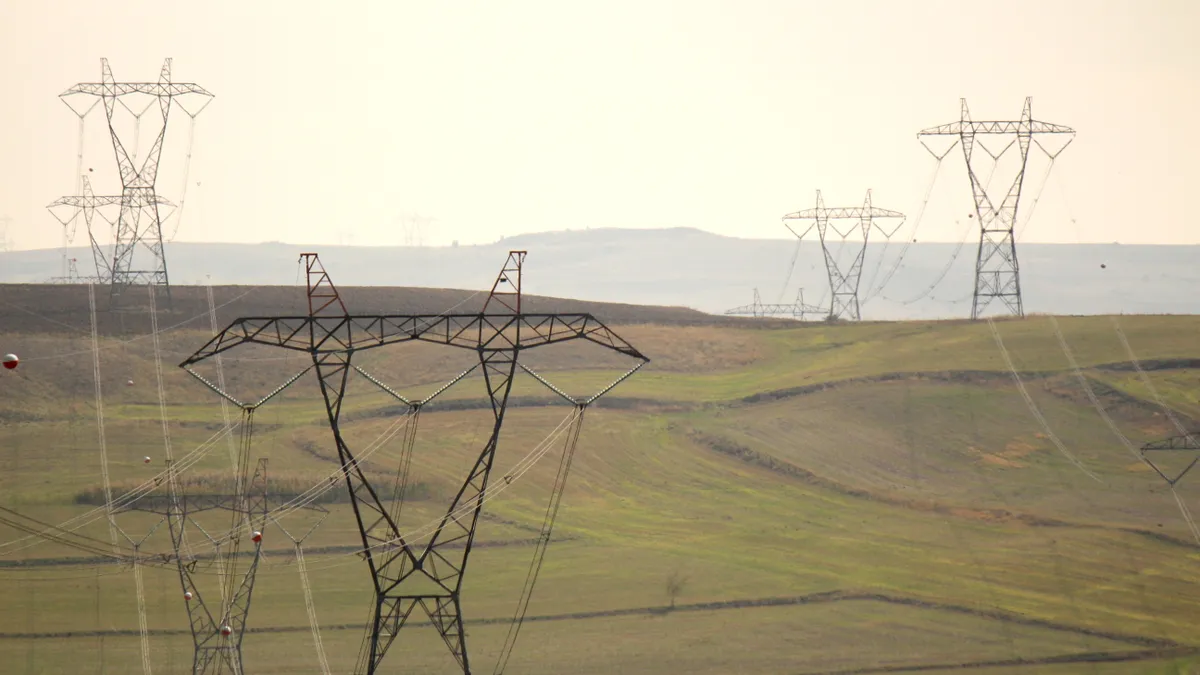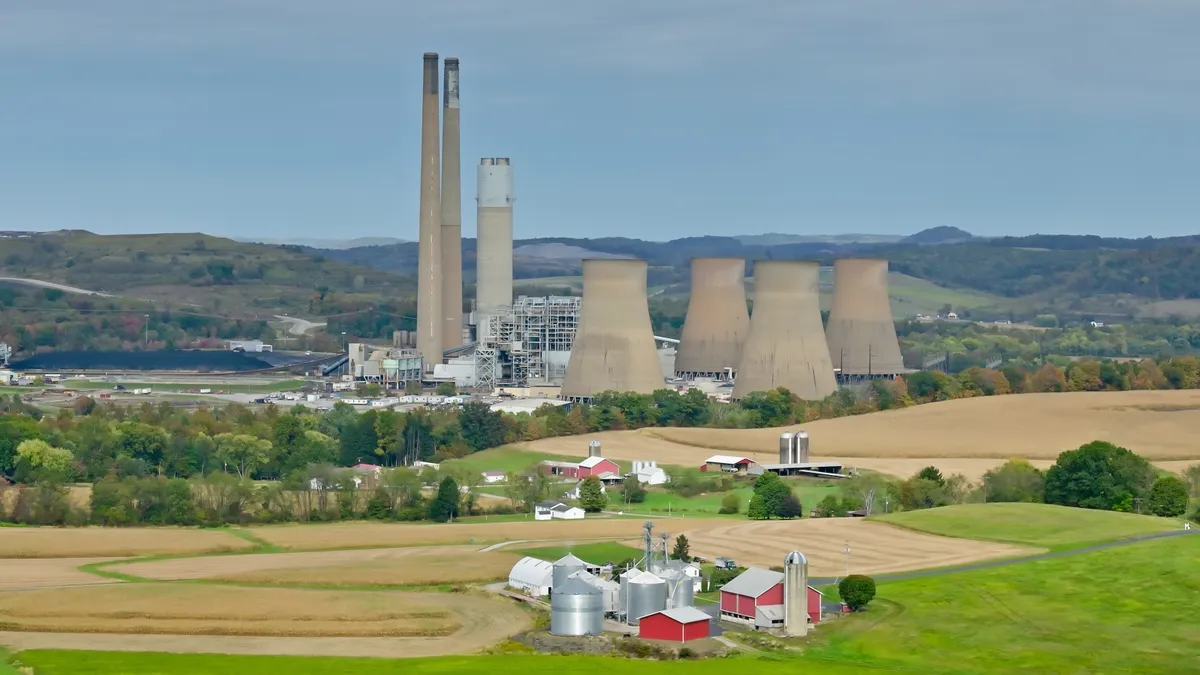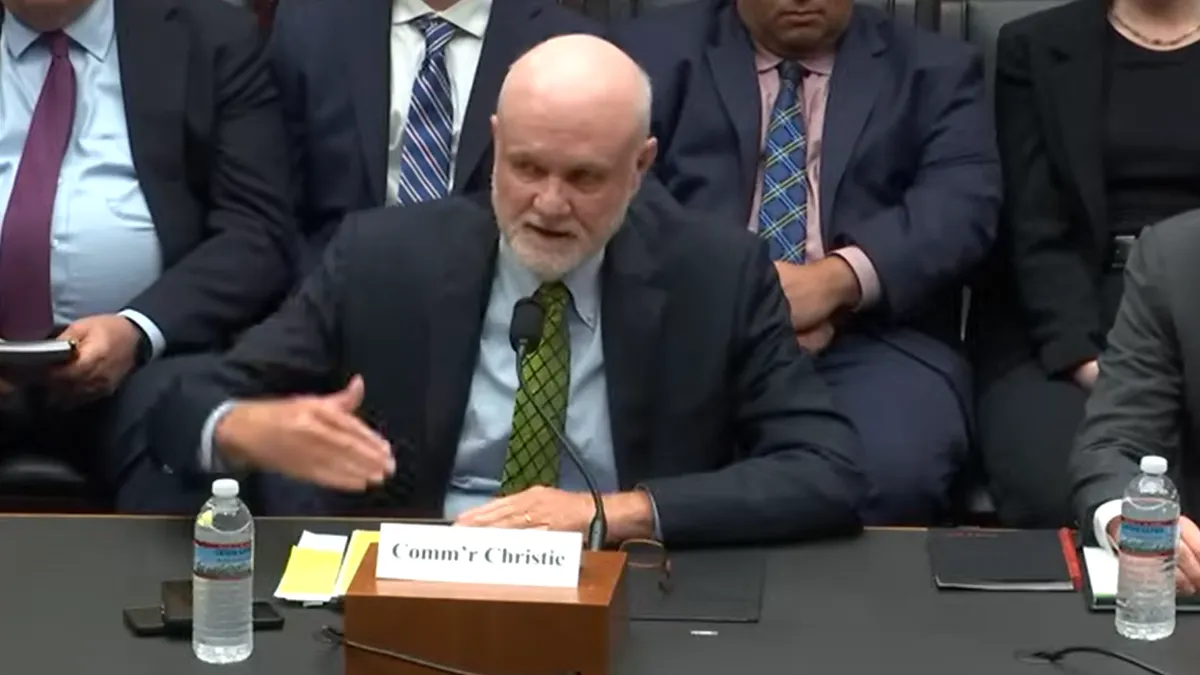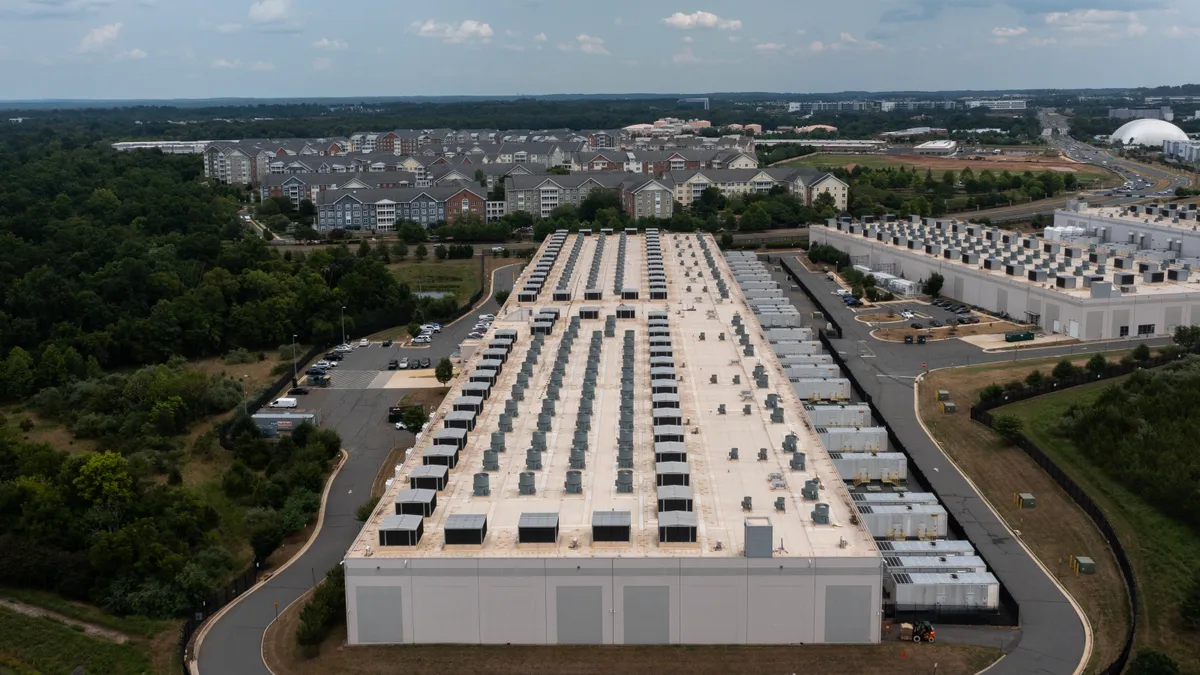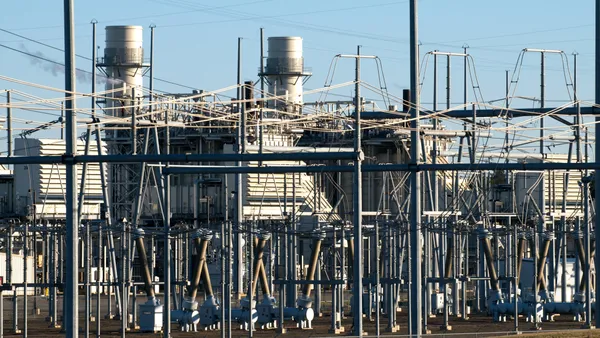Hey Mr. Buffett –
Thanks for the letter. You know, your comments on maybe buying another utility are creating a stir. Everyone wants to know who you're going to acquire next.
Portland General Electric, Alliant Energy or maybe Westar? Bloomberg says there are 19 utility and pipeline companies that meet your criteria for a good investment. You even asked them to give you a ring if they're interested in being bought out. Love your style.
All this talk about buying utilities makes me wonder how good of an investor you really are. Haven't you heard, Mr. B., about the utility death spiral? Everyone's talking about it. Even The Wall Street Journal is writing about it.
The death spiral era
Here's the deal: More and more people are going to abandon their utility with rooftop solar and cheap energy storage. It doesn't matter what kind of “moats” the utility has. They're going to lose their customer base, rates will go up and more people will move on to cheaper power sources. End of story.
If you don't believe me, just look at Germany. GreenTech Media is reporting that RWE, Germany's second largest utility, lost $3.8 billion last year and Vattenfall, a Swedish utility company with the second largest generating fleet in Germany, lost $2.3 billion. Germany's growing renewable fleet is driving down wholesale power prices, which is cutting into revenue from the country's fossil fueled fleet. At the same time, electric use is dropping and large customers are looking to supply their own power. Looks like the moats have been breached in Germany.
Here in the states, PJM just reported that increased renewables will cut fossil fueled generation revenue across the grid operator's Mid-Atlantic and Midwest footprint. Meanwhile, energy efficiency is growing, which keeps power sales down. Duke Energy plans to sell its Midwest power plant fleet and Dayton Power & Light is thinking about doing the same. The Rocky Mountain Institute just put out a report showing how solar and energy storage could start draining utility customers later this decade as their costs come down.
So why do you like utilities so much? Why buy MidAmerican Energy, PacifiCorp and, in December, NV Energy? Why would you want to buy another of these sinking utility ships?
Why Buffett is investing in utilities
A quick look at MidAmerican Energy Holdings' annual report shows the company earned $1.68 billion last year, up from $1.19 billion in 2009. Revenue climbed to $12.6 billion last year from $11.2 billion in 2009 and the company's assets grew to $70 billion from $45 billion in the same span. That doesn't sound so bad.
MidAmerican Energy Holdings expects to spend $6.1 billion on capital expenditures this year, $4.6 billion next year and $2.6 billion in 2016. Could your interest in utilities have anything to do with return on equity (ROE)? The Iowa Utilities Board has granted MidAmerican Energy a 12.2% ROE on some of its wind farms. PacifiCorp earns a 9.8% ROE in Oregon and a 10.2% return in Utah.
And what's with all this wind and solar? Your regulated utilities own 4,366 MW of renewables while your unregulated renewable subsidiary owns 1,120 MW and is building 830 MW of solar. When your current projects are finished, MidAmerican will have spent $15 billion on renewables.
“MidAmerican can make these investments because it retains all of its earnings,” you say. “Here’s a little known fact: Last year MidAmerican retained more dollars of earnings – by far – than any other American electric utility. We and our regulators see this as an important advantage – one almost certain to exist five, ten and twenty years from now.”
I'm noticing that your utilities operate in traditionally regulated states like Iowa, Utah and Nevada. No deregulated markets for you. States with “constructive” rate regulation have a lower risk and the regulators will work to ensure that their utilities are financially sound.
“We put a large amount of trust in future regulation,” you say. “Our confidence is justified both by our past experience and by the knowledge that society will forever need massive investments in both transportation and energy. It is in the self-interest of governments to treat capital providers in a manner that will ensure the continued flow of funds to essential projects.”
OK, I'm starting to get the picture. But still, you've got to be a little worried about the death spiral, right?




